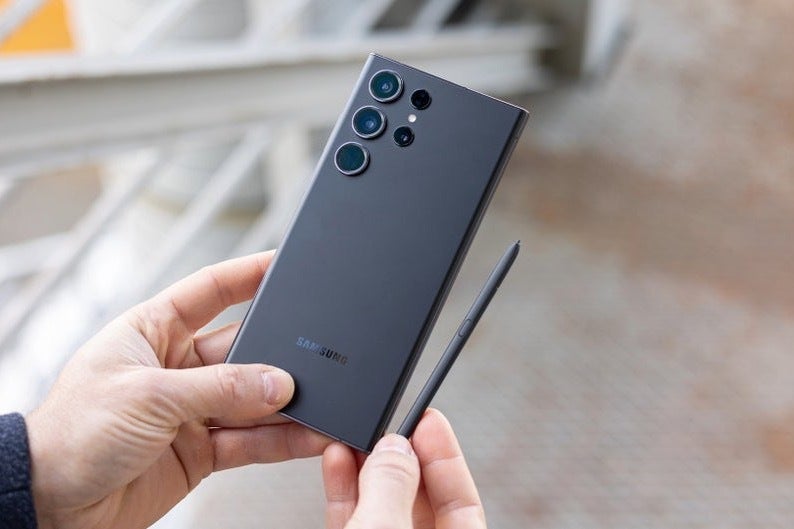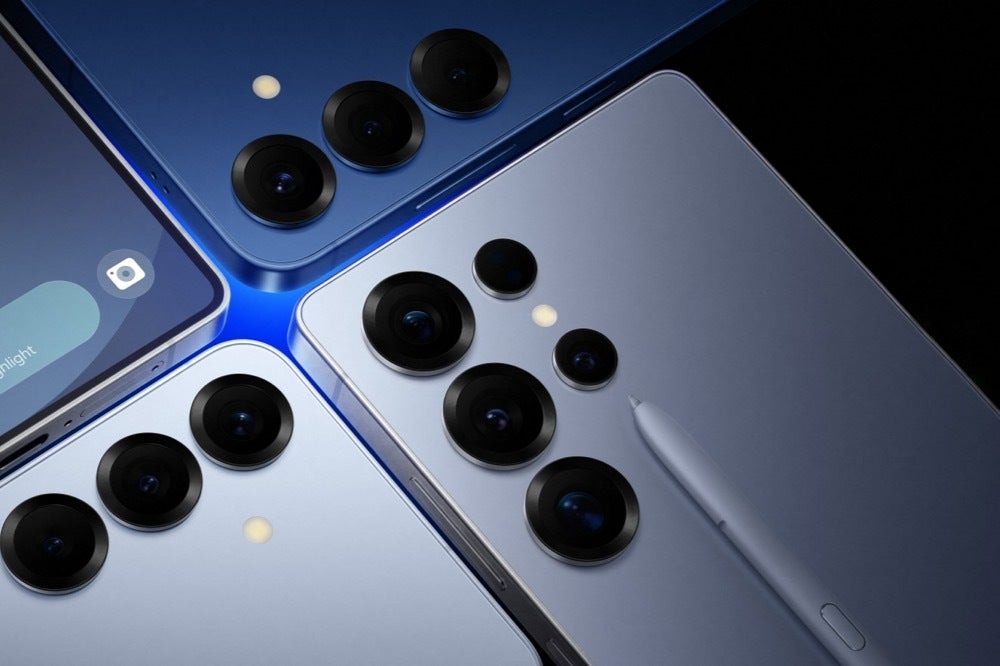
The Samsung Galaxy S23 Ultra and its S Pen. | Image credit — PhoneArena
Why did Samsung remove BLE from the S Pen?
Samsung’s rationale for removing BLE centers on low usage statistics. The company claims that the features powered by BLE were utilized by a small fraction of users, making their inclusion, in their view, unnecessary. While this may be true from a purely statistical standpoint, it overlooks the passionate user base that relied on these functionalities. For artists, photographers, and those who appreciate the added convenience of remote control, the loss of BLE is a significant blow. It’s not just about the features themselves, but about the feeling that Samsung is diminishing a key differentiator of its premium devices.The petition circulating among Samsung users reflects this sentiment. It’s a collective voice expressing disappointment and a plea to reconsider the decision. The petition isn’t just about restoring lost features; it’s about Samsung acknowledging the value of the S Pen to its loyal customer base. It’s about recognizing that even if a feature isn’t used by everyone, its presence can be a significant factor in the purchasing decisions of a dedicated segment of consumers.


The Samsung Galaxy S25 Ultra and its S Pen. | Image credit — Samsung
Why is this concerning?
The concern extends beyond the immediate loss of features. If the petition fails to sway Samsung, it sets a precedent. It opens the door to further streamlining of the S Pen’s capabilities, potentially leading to its eventual removal. This is a legitimate fear among Samsung enthusiasts. If BLE is deemed expendable due to low usage, what’s to stop Samsung from applying the same logic to other S Pen features in the future? Could pressure sensitivity, another feature that might not be used by all, be next? Or, by that logic, the S Pen itself? The slippery slope argument is a powerful one in this context.
The removal of BLE also raises questions about Samsung’s commitment to innovation. The S Pen, in its fully realized form, represented a forward-thinking approach to mobile interaction. It wasn’t just about replicating pen-on-paper; it was about exploring new possibilities. By scaling back its functionality, Samsung risks appearing to be retreating from this innovative spirit, a sentiment that is already running rampant considering there isn’t much that differentiates between Galaxy S series phones since the S22 — or maybe even before that. It sends a message that cost-cutting and streamlining are prioritized over pushing the boundaries of what a stylus can do.While tech companies often rely on data to make decisions about product development, that data doesn’t always tell the whole story. It can’t capture the emotional connection users have with certain features or the value they place on having options, even if they don’t use them every day. In this case, Samsung seems to have misjudged the importance of BLE to a vocal and influential segment of its customer base.
The outcome of the petition will be telling. If Samsung chooses to reinstate BLE, it will demonstrate a willingness to listen to its customers and acknowledge the value of their feedback. If the petition fails, it will reinforce the perception that Samsung is becoming less responsive to its core users. Regardless of the outcome, this incident serves as a valuable lesson for both consumers and tech companies.

